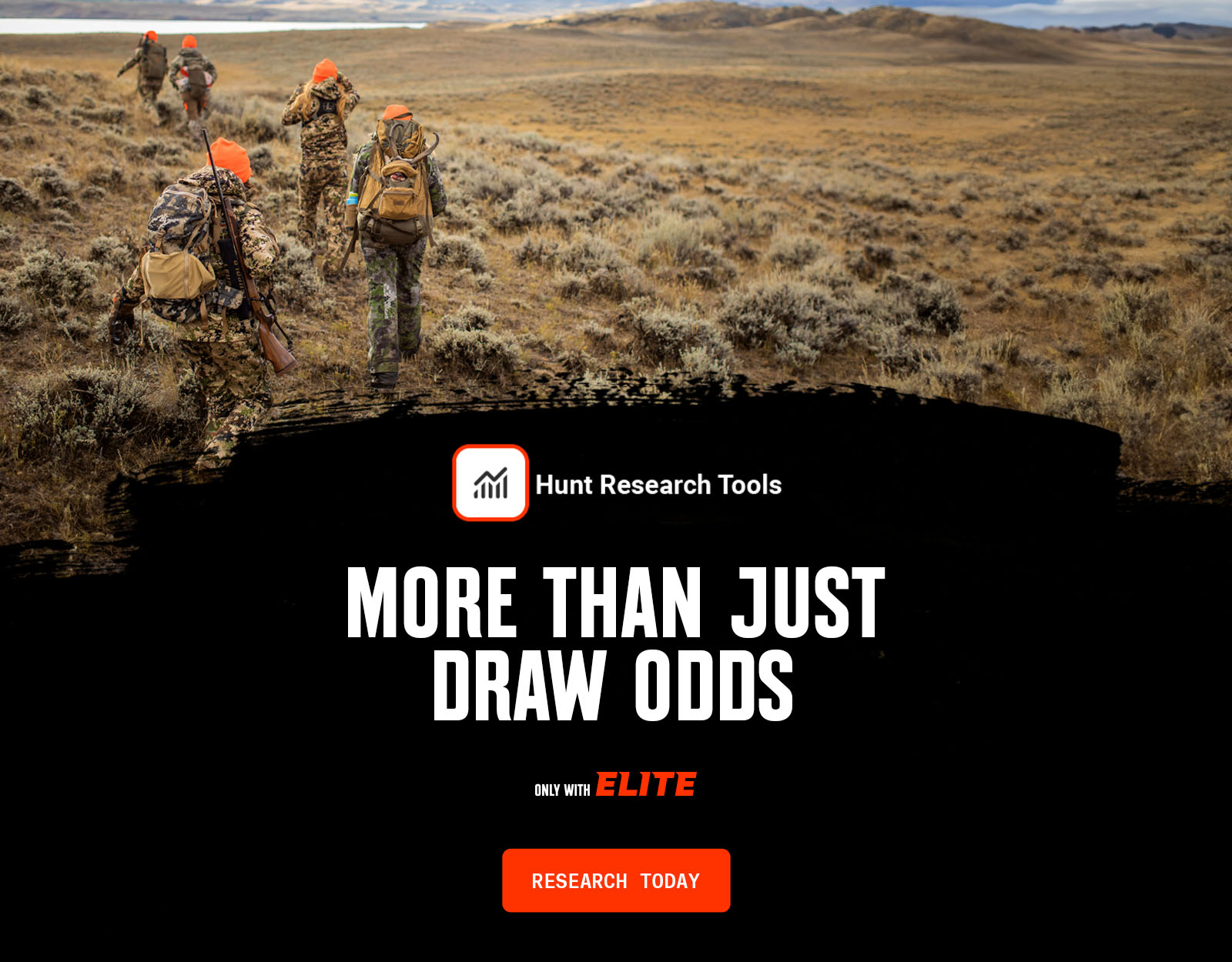California offers residents the chance to hunt for elk, antelope, bighorn sheep, pronghorn, wild pig, and bear. California is also the only state to offer hunts for Tule Elk, an elk subspecies that is smaller in body size than the more-familiar Rocky Mountain Elk. For nonresidents, however, the Golden State provides very few big game hunting opportunities outside of deer.
Tags for elk, pronghorn, bighorn sheep, and premium deer hunts are issued through the big game drawing. Applications for the big game drawing are available each year on April 15 through June 2. Like most states, in addition to an annual hunting license, tags are required to hunt big game species (deer, bear, wild pig, elk, pronghorn, and bighorn sheep). Hunters must be at least 12 years old to hunt big game, and 16 years old to hunt bighorn sheep.
Tags and applications for the big game drawing may be purchased through the Online License Service, at any CDFW License Sales Office or License Agent, or by telephone at (800) 565-1458. Plan ahead and allow 15 days for delivery of tags purchased online or by telephone.
California regulations, season dates, and hunt codes are available at Big Game Hunting Digest. Applications for the California big game drawing are available each year on April 15 through June 2. Drawing results are generally available by June 12.
Hunters may apply for tags with California Parks and Wildlife.
Huntin’ Fool’s California page is an excellent, updated resource for ongoing California draw changes.
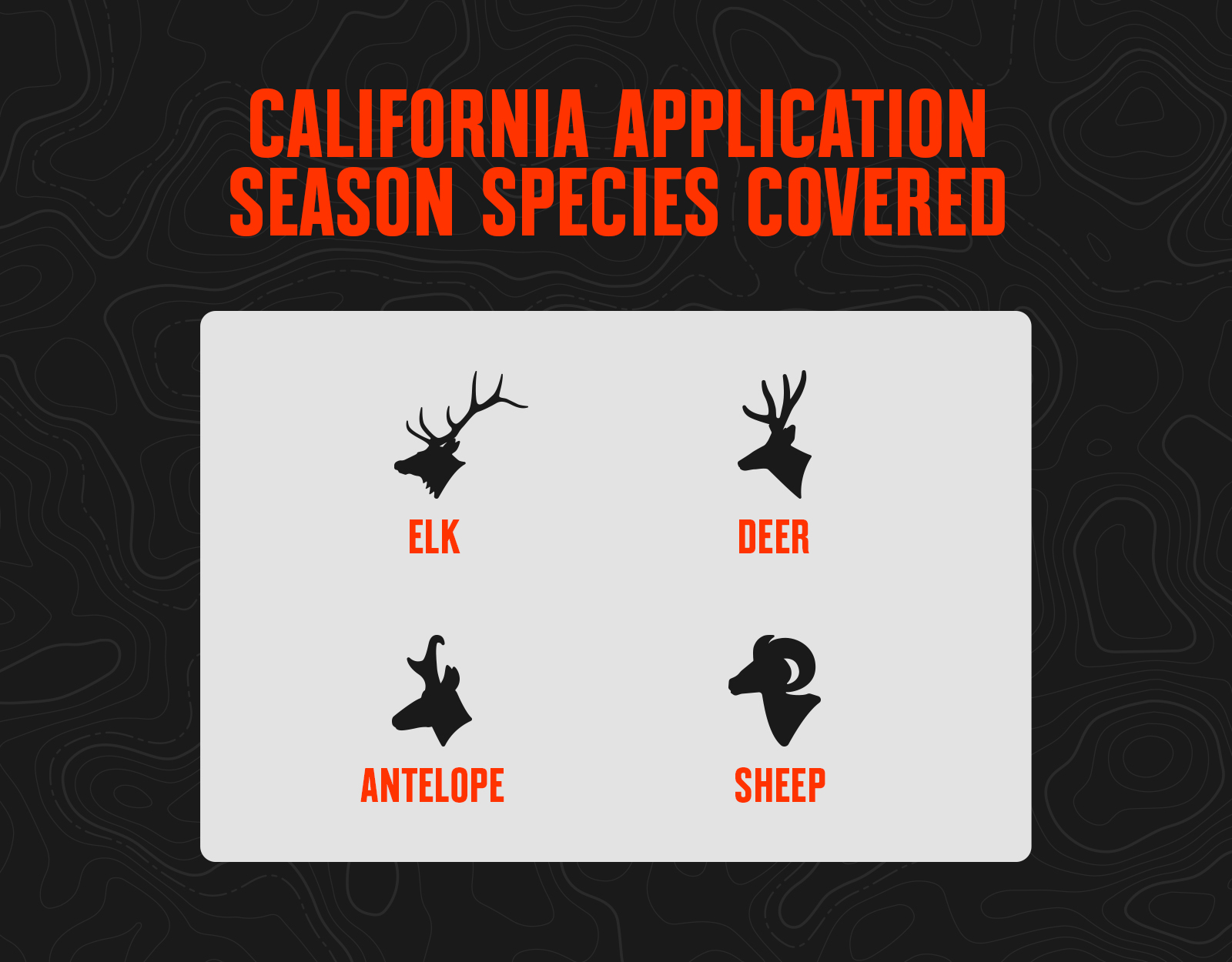
California Draw Process FAQs
Application Dates and Deadlines: Huntin’ Fool lines out California dates and deadlines.
Free for onX Elite members, Hunt Reminder’s California page is also an excellent resource for timely application season reminders.
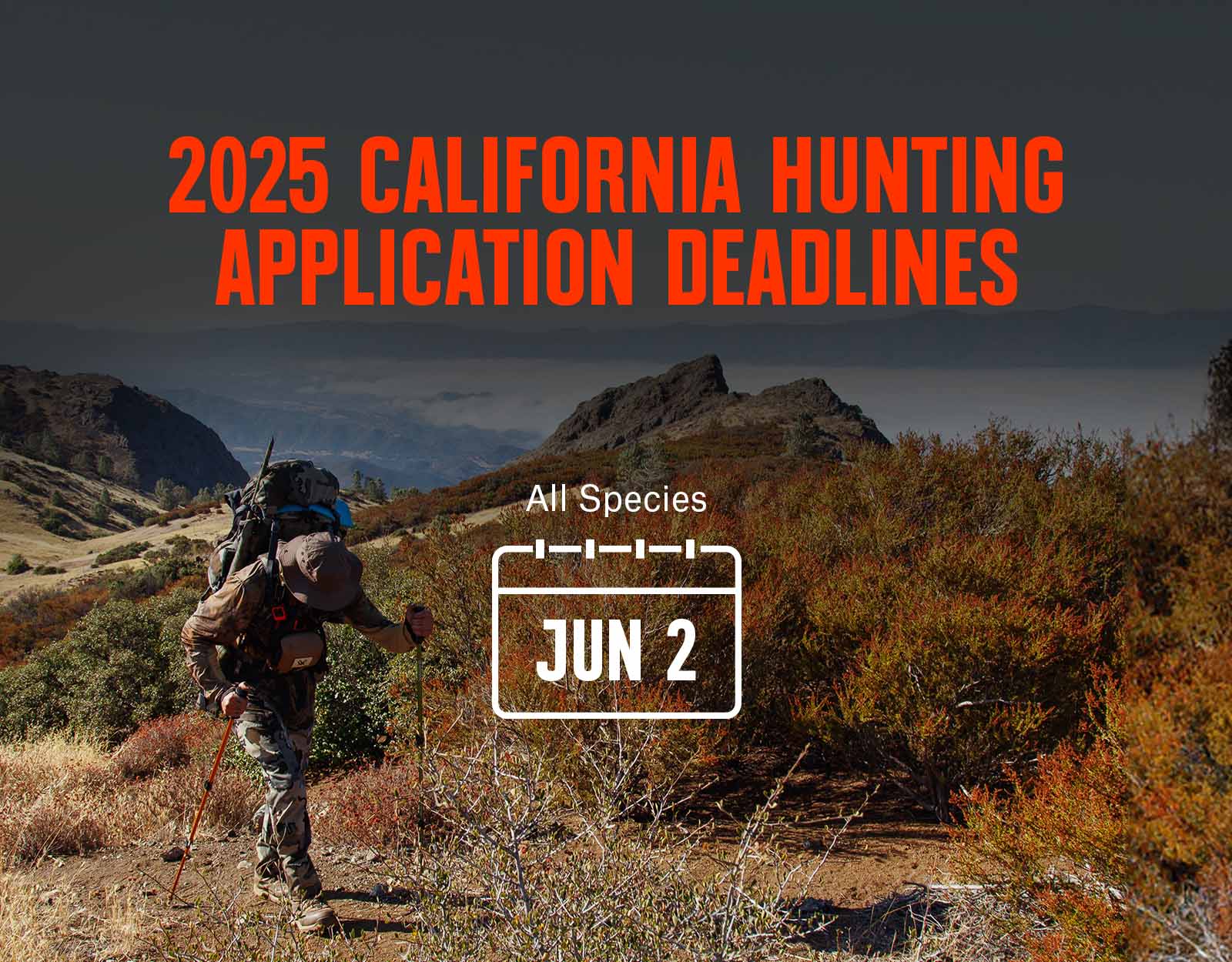
Hunting license and species costs for tags usually include:
- Application Fee
- Hunting License Fee to apply (usually need a qualifying license before you can apply)
- Species Fee (This is what you pay for the animal you want to hunt. Some you pay upfront at application, some you pay for once you get the tag.)
- Points-Only fee (fees for people just buying points and not actually applying for a hunt)
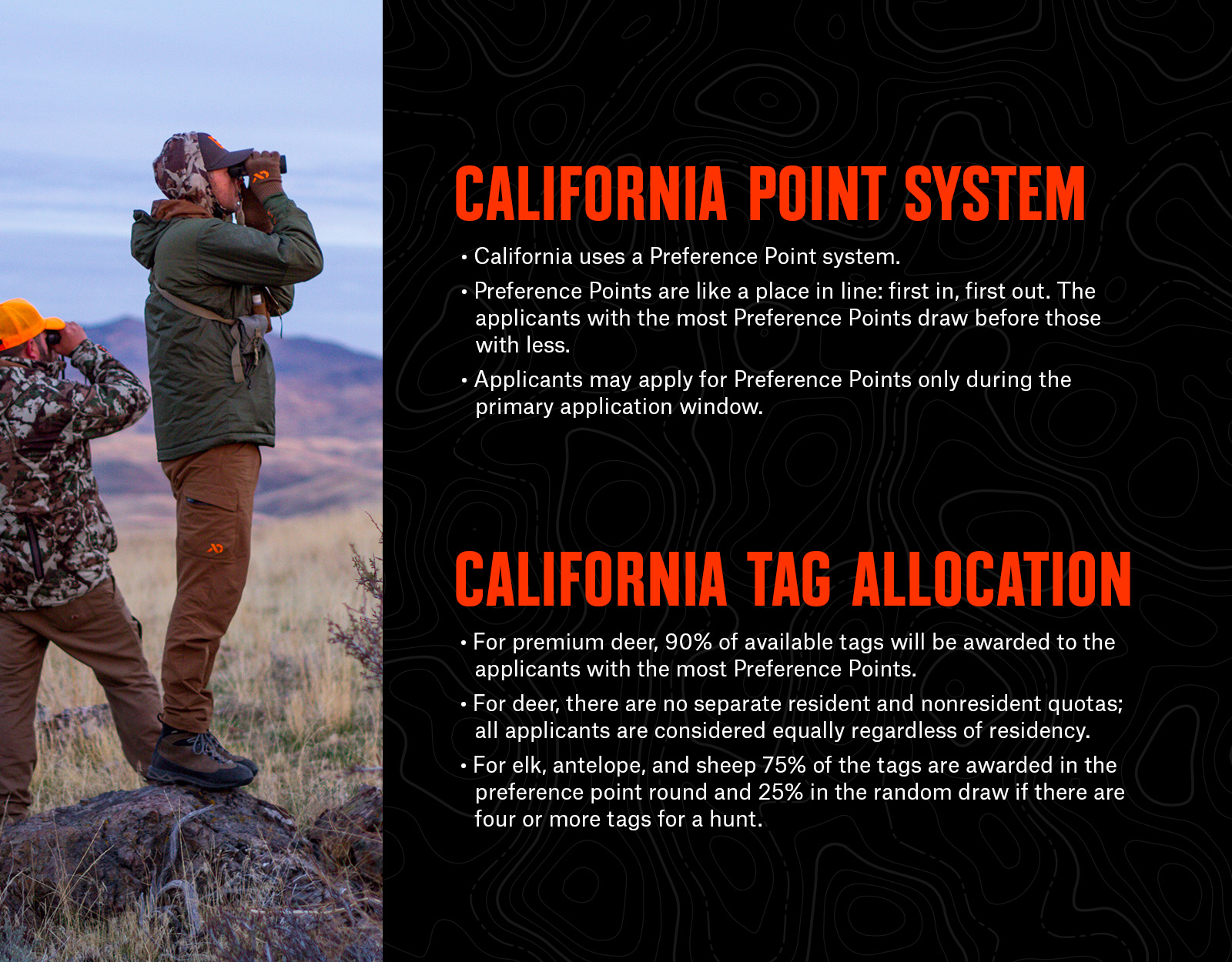
Point System
- California uses a Preference Point system.
- Preference Points are like a place in line: first in, first out. The applicants with the most Preference Points draw before those with less.
- If you apply for and are unsuccessful drawing your first choice, you will receive an additional Preference Point for future drawings.
- Applicants may apply for Preference Points only during the primary application window.
- Preference Points are considered for your first choice only. If you draw your first choice for a species, your Preference Points are purged back to zero.
- Preference Points expire if you do not apply for five consecutive years.
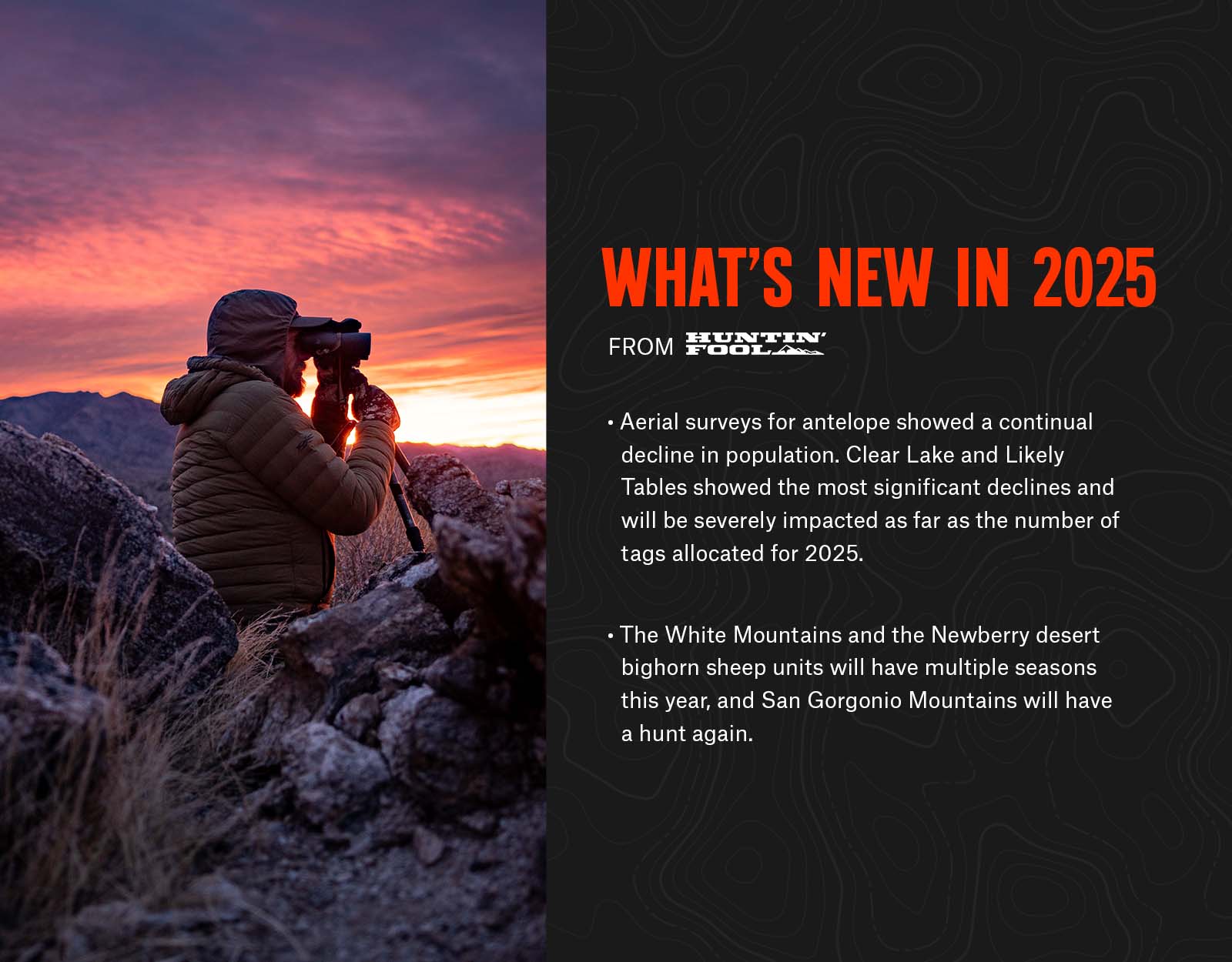
Tag Allocation
- For premium deer, 90% of available tags will be awarded to the applicants with the most Preference Points.
- The remaining 10% of tags for any given premium deer hunt code will be issued in the Random Draw (Draw by Choice).
- For apprentice (youth) deer hunts, there is a 50/50 split of tags awarded between the point drawing and the random drawing.
- For deer, there are no separate resident and nonresident quotas; all applicants are considered equally regardless of residency.
- For elk, antelope, and sheep 75% of the tags are awarded in the preference point round and 25% in the random draw if there are four or more tags for a hunt.
- If there are three tags for a hunt: two preference point tags vs. one random tag will be awarded; for two tags: one tag each preference/random; for one tag: random.
- For elk and antelope, a maximum of one tag will be awarded annually to nonresidents.
- For sheep, a maximum of up to 10% of total tags will be issued to nonresidents. This 10% is not guaranteed, however.
Useful Links
- Review all the Application Season Tools You Get With onX Elite.
- Log Into Hunt Research Tools To Start You Application Season.
- View California Hunting Regulations.
- Apply for Your California Hunting Tags.
- Check California Big Game Draw Statistics.
- Read California Hunting News and Updates.
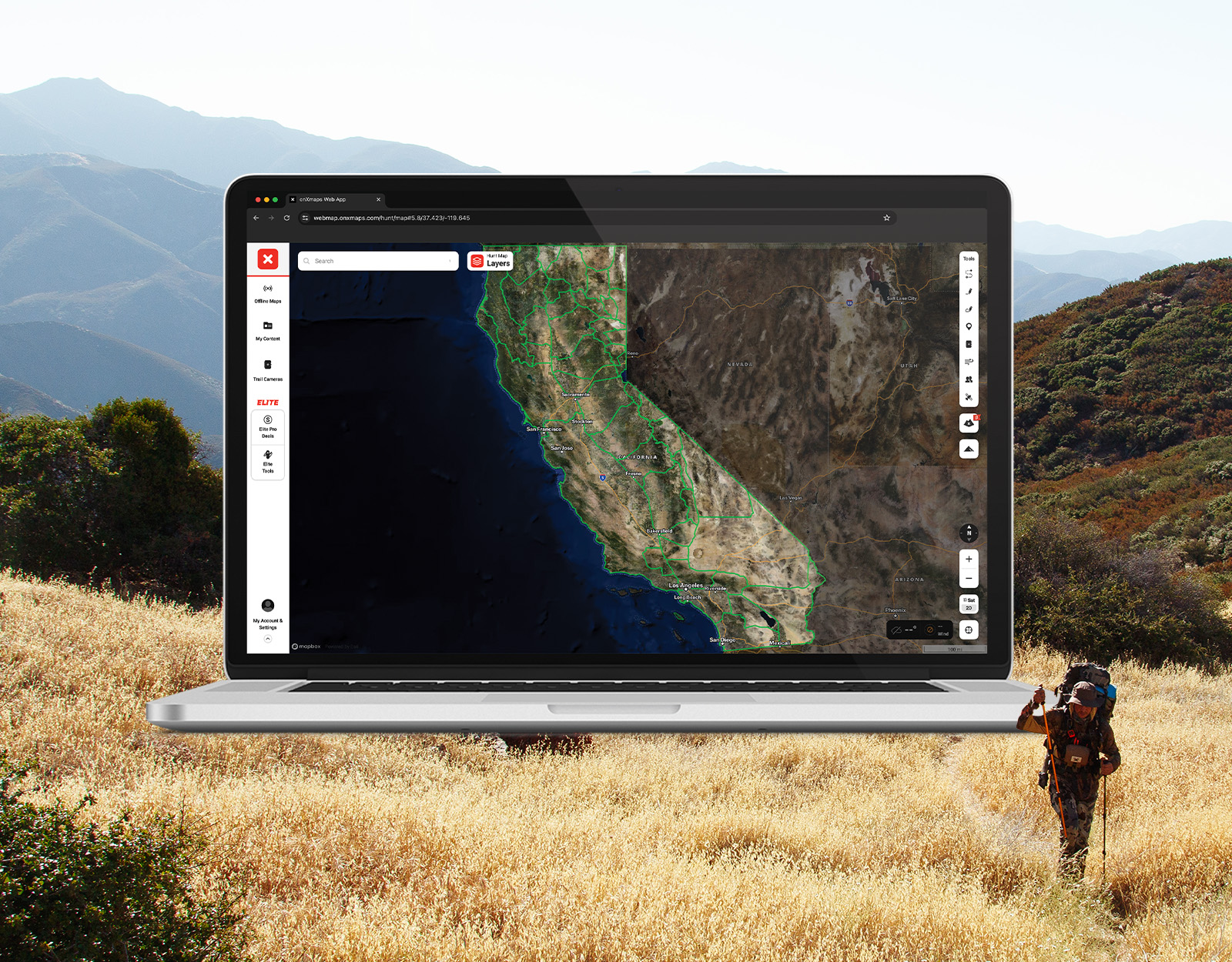
onX Hunt’s Top Three State Application Tips
- In California, the Random drawing (Draw By Choice) is conducted without regard to Preference Points. Every applicant has the same odds in the Random Drawing for each particular hunt code (with consideration of an applicant’s residency status). Unless you’re hoping to draw a tag in the Preference Point draw for a given hunt, this is the important number to consider.
- For elk and antelope, nonresidents are limited to a maximum of one tag annually. Draw odds are very low regardless of your hunt choice if you’re a nonresident.
- For sheep, nonresidents are capped at up to 10% of total tags. In short, you have to be the first or second nonresident application pulled in the drawing to have a chance at one of these tags. Because of this cap, nonresident draw odds are worse than what is listed for residents.
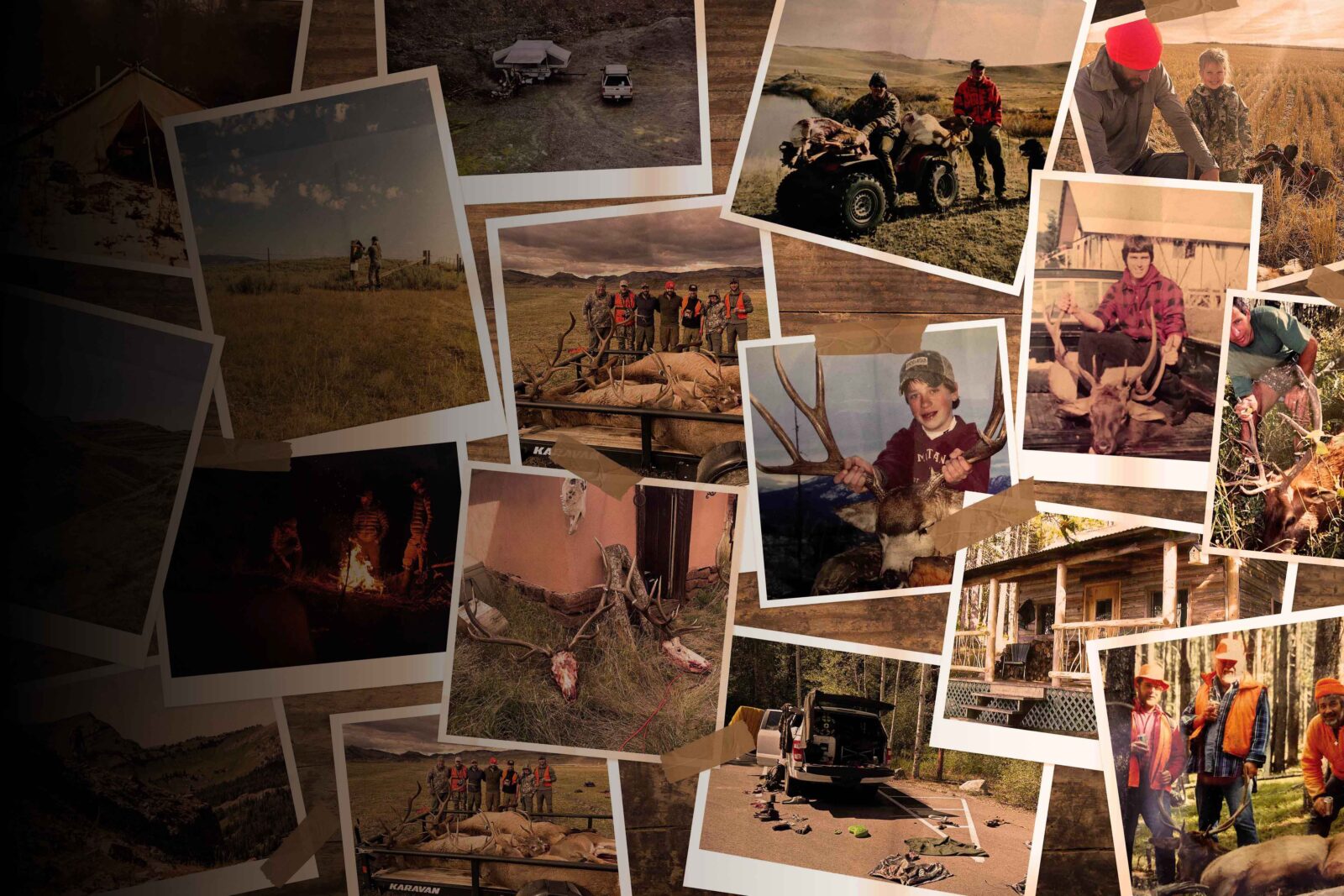

Your Complete System for Securing Tags
Whether you’re chasing a once-in-a-lifetime hunt or just looking to fill the freezer, your season starts with onX Hunt’s application tools—all included with an Elite Membership:
- Hunt Research Tools: Draw odds, tag trends, and harvest stats for 11 western states (Washington is not yet available) to help you decide where to apply.
- Huntin’ Fool: In-depth insights to navigate state-specific systems and build better strategies.
- HuntReminder: Text and email alerts so you never miss a deadline.
One membership, every tool you need to make 2026 the year.

